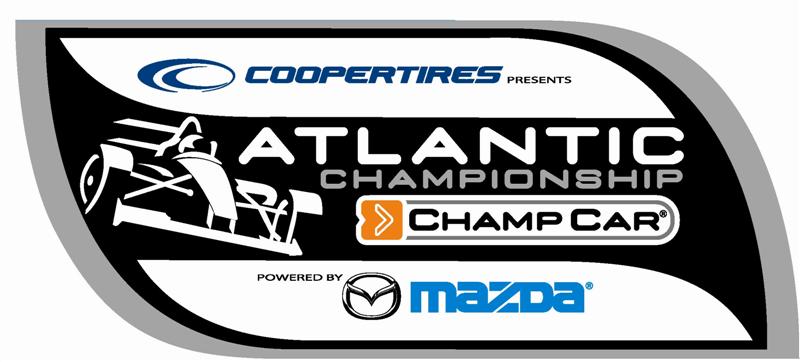Unification a success, claims Barnhart.
The quest for the 2008 IndyCar Series championship was one of the most difficult in series history, something that Indy Racing League president of competition and operations Brian Barnhart puts down, in part, to the unification of US open-wheel motorsport.
The quest for the 2008 IndyCar Series championship was one of the most difficult in series history, something that Indy Racing League president of competition and operations Brian Barnhart puts down, in part, to the unification of US open-wheel motorsport.
Drivers such as Scott Dixon, Tony Kanaan and Dan Wheldon, who had previously won IndyCar Series championships, learned in late February that they would be competing against the likes of Champ Car race winners Bruno Junqueira, Will Power, Oriol Servia and Justin Wilson and, while everyone celebrated the fact that the IRL-Champ Car war was over after 16 damaging years, they also knew it would be much more difficult to win races and the championship.
That fact became evident on only the second weekend of the season, when newcomer Graham Rahal won on the streets of St Petersburg - more remarkable as he was making his series debut after missing the Homestead opener, which itself saw a 40 per cent jump in the numbers on track.
Rahal's record-setting win - he was the fourth driver to win his first IndyCar Series start, and the youngest driver, as 19 years and 93 days, to win a major open-wheel race - was followed by another historic moment just weeks later as Danica Patrick became the first female winner of a major closed-circuit auto racing event at the Japan Indy 300.
"It was a fantastic season," Barnhart said, "Everyone recognised that unification was the single most important thing that needed to happen to lay the foundation for the future growth of open-wheel racing.
"There were a number of factors that were challenges - getting cars to people, the demand on Honda for engines and tyre supply from Firestone - and, when you consider we were about six weeks away from the first race [when unification was announced], we faced some pretty steep odds of getting it done. But I really can't imagine the season going much better than it did."
The drama continued at the 92nd Indianapolis 500, when fans were treated to a true round of 'bumping' on the last day of time trials, with Mario Dominguez and Buddy Lazier duelling for the last spot in the 33-car field right up to the sounding of the gun. The summer months also saw Ryan Briscoe, Kanaan, Ryan Hunter-Reay, Helio Castroneves and Wilson join points leader Dixon in reaching Victory Lane, while Castroneves went on to carve into Dixon's advantage over the two events leading to the season finale at Chicagoland Speedway.
To earn the series title, Dixon needed to finish eighth or better, but he was determined not to let Castroneves out of his sights - even though the Brazilian forced himself to start at the back of the field after picking up a penalty in qualifying. Remarkably, he still won the race, but only beat Dixon to the chequered flag by 0.0033 of a second for the second-closest finish in IndyCar Series history.
"I'd really be hard-pressed to find anything that could have gone better," Barnhart admitted, "Beginning with equipment acquisition, the familiarisation with the teams and drivers coming over and joining the IndyCar Series, and getting them up to speed on our procedures and operations, how we do things, getting them familiar with the equipment and the venues that we run at....
"And, when you look at the competitive nature on the racetrack, it just shows you the depth of the field and the quality of teams and drivers that are now in a unified open-wheel series."
